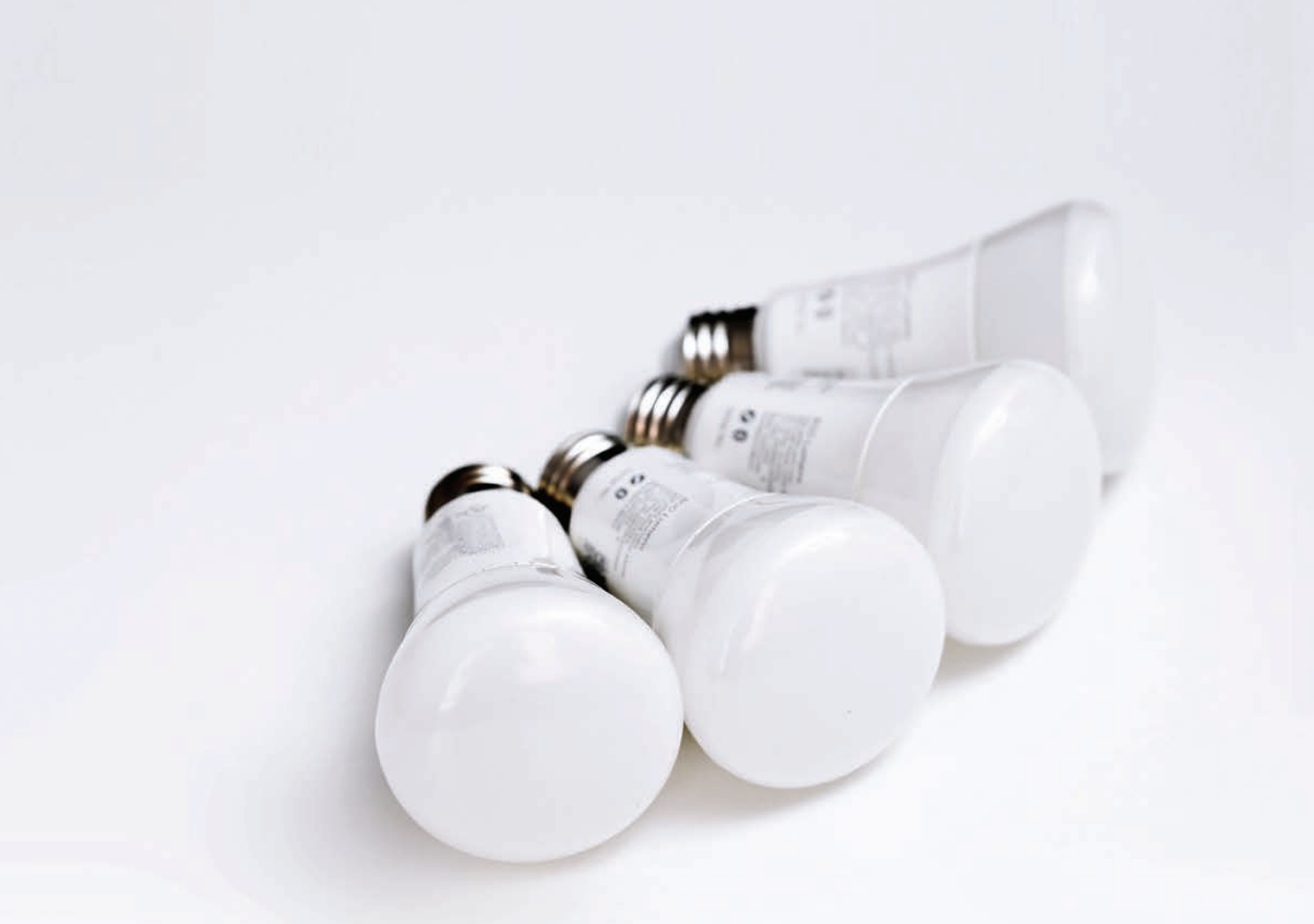2. FACT – We can run the grid without burning fossil fuels
While innovation will continue to improve the efficiency and price of renewables, the technology we need to produce 100 per cent of our energy without fossil fuels already exists today.
One false but persistent myth about the energy transition is that we’ll always need to keep burning some coal, oil, or gas for something called ‘baseload power’.
In reality, the term ‘baseload’ refers to an outdated historical mechanism for dealing with the inherent inefficiency of burning coal.
Coal-fired power stations are inflexible: it’s hard to reduce their output when people need less energy, such as overnight. Baseload isn’t about energy supply, it’s the minimum energy demand you need to continuously run a coal plant.
In contrast, it is true that to operate an electricity grid, you need to make sure you have both energy reliability and energy security.
Energy reliability means that we have enough electricity supply to meet the grid’s demand at any point in time.
Energy security means that we can keep the electricity system working when there’s a disruption, like a generator outage or a transmission line going down.
Under the current way our grid operates, energy security requires both inertia and system strength. Inertia is required to maintain a stable frequency as energy supply and demand fluctuates.
System strength is the electricity system’s ability to maintain the right voltage waveforms, which makes the grid more resilient to disturbances.
Historically, fossil fuel fired generators have been a source of both inertia and system strength. But they’re definitely not the only source.
We can supply both inertia and system strength with other assets that don’t contribute to carbon dioxide emissions, most notably with energy storage technology.










